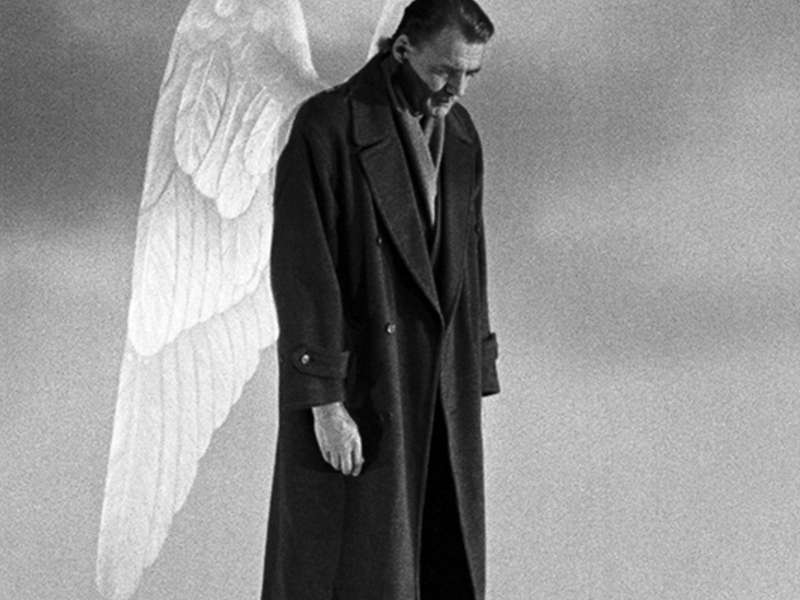
Storyboards and Other Materials that make Cinema
The complex creative process that precedes the making of a film by exploring storyboards and other materials such as moodboards, drawings and sketches, scrapbooks and notebooks, annotated scripts and photographs. Over a thousand elements created between 1930 and 2024 by more than 50 authors including directors, directors of photography, artists.
もっと読む